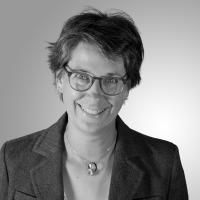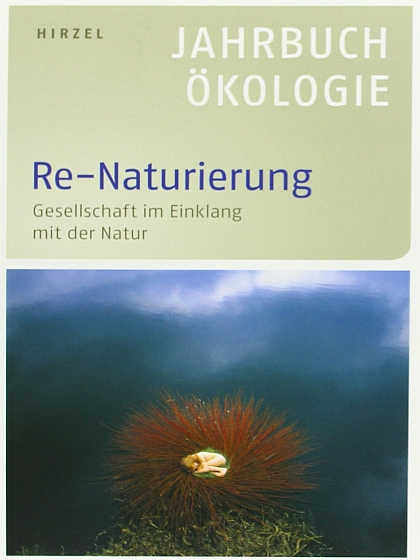What can the city of the future look like? What do visions of a sustainable resilient city encompass? As part of the contest "City of the Future" funded by the German Federal Ministry for Education and Research 52 municipalities were developing their vision 2030+. This participatory process engaged citizens and further city actors such as associations or organizations to think holistically of their city in the future, give some recommendations for action and proposals for implementations. Together with the citizens the vision was graphically visualized.
Ahrensfelde – Challenges of a Municipality in the Periphery of Berlin
The municipality of Ahrensfelde in the state of Brandenburg is home of 13.100 inhabitants. It is located at the north-east edge of Berlin. Ahrensfelde is characterized by spacious agrarian landscapes, close-by spaces for relaxation and located in a traffic-favorable position to Berlin. These factors led to a strong increase in inhabitants moving in: Since 1990 the resident population increased by 260% and until 2020 further although slower increase is forecasted. Ahrensfelde is one of the few strongly growing municipalities in Brandenburg. It developed to an interesting business and resident location in the transitional zone to rural areas. The constant increase in commuters suggests that many residents work in Berlin. In 2013 around 1/3 of the people of Ahrensfelde commuted to Germanys capital city. Further forecast show that by 2030 the share of residents in an employable age will decrease by 30% and that of pensioners will increase by 300% (compared to the year 2000).
The increasingly aging population, the rise in traffic volume and the cultural differences of the residents are just a few of the challenges Ahrensfelde is approaching. Further important topics that were discussed during the vision building are the competition around land uses, urban sprawl, environmental pollution, the demand for renewable energy and the implementation of the German energy transition. How does Ahrensfelde remain worth living in and fit for the future? How should the landscape develop? How can new living space be developed with low space requirements? Are there sufficiently (used) spaces for relaxation and community? And how can the municipality do justice to the demographic change? Furthermore, which infrastructure is needed for Ahrensfelde? And what role does agriculture play in the future?
Collectively for a sustainable worthwhile future
The Ecologic Institute, together with Prof. Dr. Hans-Peter Piorr from the Eberswalde University for Sustainable Development (HNEE), supported the municipality of Ahrensfelde in the competition "City of the Future". The HNEE had previously worked together with the municipality and was especially engaged in their working group on energy topics. The Ecologic Institute supported the project by designing the project process, moderating, aiming at a balanced participation of all actors, recording and safeguarding the communication process. At the beginning of the project, a sensitizing phase animatde citizens to participate in the competition. A shared vision for a sustainable Ahrensfelde 2030+ was developed in a workshop and a world café. Visually, the vision building is supported by topographic maps created by the HNEE. At the end of the first part of the competition, the vision was handed over to the mayor of Ahrensfelde.
Research for Sustainable Development
The competition "City of the Future" was part of the framework program "Research for Sustainable Development" (FONA3) and the Science Year 2015 – City of the Future. In a second phase of the competition, 20 municipalities received funding to have their ideas scientifically checked and developed further. In a third phase, reality labs in eight municipalities were supported.





